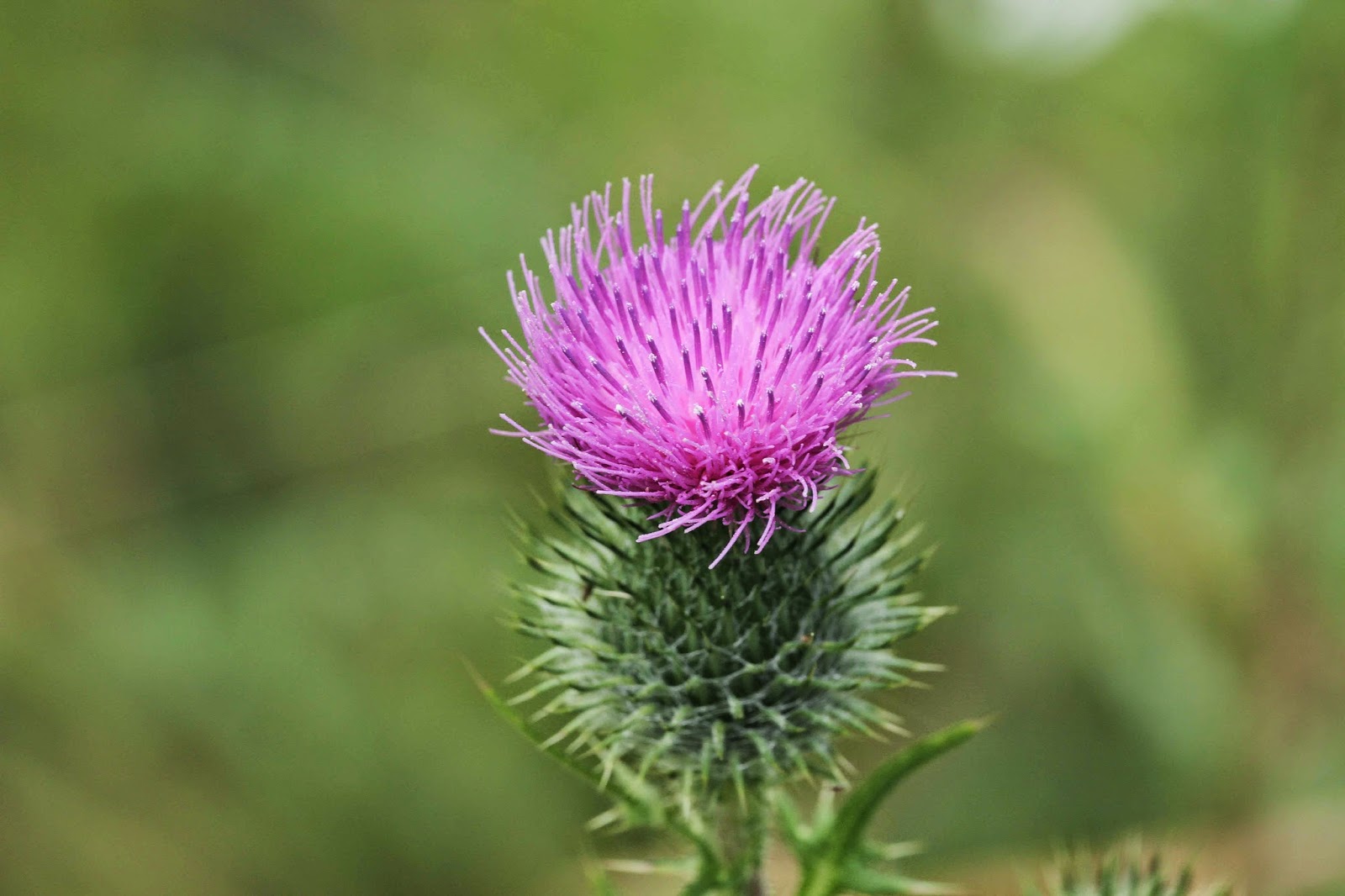It is several years since I have been to this great RSPB reserve, and it was a great pleasure to return.
I should work harder on my plant identification, and pick various taxa to work on.
Hypericum is a very interesting genus to deal with, a bit of a challenge.
One of the common species in Dene Park Woods is the Perforate St Johns-wort,
H. perforatum with its roundish stems, gland-dotted leaves and tiny sessile black dots on the petal and leaf edges, it is a lovely plant and one I hope I have got clearly under my belt.
However I didn't see it today along the tracks in Brakeybank Woods, and I initially thought the plant I was seeing was the Square-stalked St Johns-wort,
H. tetrapterum, or possibly the Slender St Johns-wort,
H. pulchrum, as another possible choice as the plants were clearly not the Perforate St Johns-wort I was used to seeing. Here is a view of the flowers, neat in shape and a clear yellow in colour, only just over half the size of the larger and more golden flowers of the Perforate St Johns-wort.
This plant really didn't seem to be
H. pulchrum. The flowers I was looking at were never red-tinged, and the flowers were very weakly and sessilely marked with black glands. Another possibility was the hybrid between Perforate and Imperforate,
H. x desetangsii, with 2 strong lines and two weak lines on the stem, but the flowers I was looking at were too small for this, and the squareness of the stem was too clear to mistake. So after going back the following day, looking carefully at all the plants along the track and also looking at all the books and websites I could find, I finally settled on my own original answer - the Square-stalked St Johns-wort,
Hypericum tetrapterum! Ole!
Here is a view of the leaves, showing them to be slightly grey and matt, and broad to the base. If you look very closely you can see the tiny translucent glands in the leaves - these are not visible to the naked eye in the field in my view, despite being clearly noted in the floras:
It was particularly interesting that it was only when I had looked at one particular website, Naturespot of Rutlandshire, that I discovered that at least they think that the leaves of the Square-stalked are roughly the same shape as those of the Slender St Johns-wort - a feature that isn't spelt out in any of the books and that had greatly confused me for two whole days, and that at one point had led me to conclude that I might be looking at
H. pulchrum all along.
H. pulchrum may be called the Slender St Johns-wort not just for its slender stems but also partly because the inflorescence appears in on-line photos to be far more open and upright.
Trailing St. Johns-wort,
H. humifusum, is quite well spread across the country and should be quite easily spotted as a trailing species on non-calcareous soils. Perhaps it would be a good idea to look for this species, together with the Slender St Johns-wort on the more acid sandy soils on the Pembury Walks side of the reserve.



















